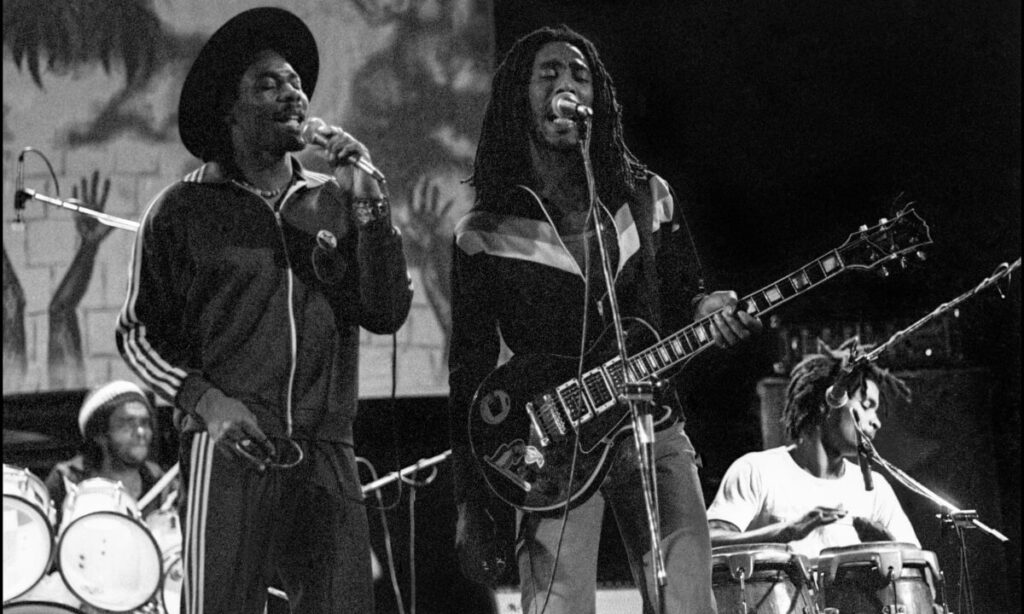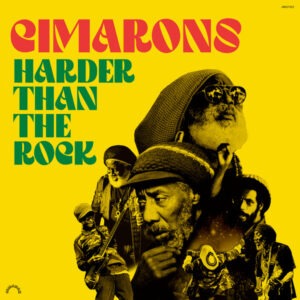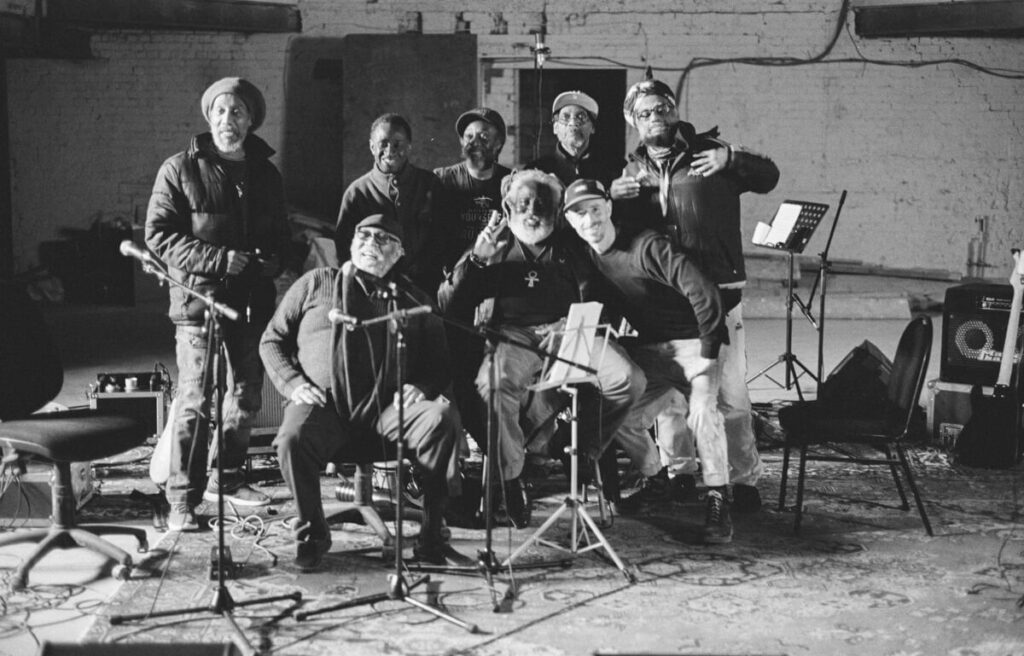When we talk about the roots of reggae in Britain, one name rises above all others: Cimarons. Among the most important pioneers of reggae in Europe, their story is as much about cultural transformation as it is about music.
Formed in London in 1967, the band quickly became the heartbeat of reggae’s expansion into Europe. Their sound blended rocksteady, roots reggae, and ska, creating a timeless style that continues to resonate across generations.
The initial group consisted of Franklyn Dunn (bass), Locksley Gichie (lead guitar), Carl Levy (keyboards), Maurice Ellis (drums) and vocalist Carl Lewis. As of August 2025, Gichie and Dunn are the only original members in the current version of the Cimarons.

From Jamaica to London: A New Beat in a Grey City
Locksley Gichie’s journey to Britain set the stage for something historic. As The Guardian recounts:
“When Locksley Gichie arrived in England in 1962 from Jamaica, age 13, he landed with a bump. ‘It was a shock,’ he recalls. ‘It was cold and misty. There was no sun or blue skies. Everything was grey, dark and dull.’”
Years later, he and his fellow musicians would bring the exact opposite — a riot of colour and rhythm — to the UK music scene. They formed the Cimarons, a band that would back Jimmy Cliff, work with Paul McCartney as a producer, and be Bob Marley’s backing band instead of Wailers for Marley’s first UK shows. As General Levy says in the documentary Harder Than the Rock:
“The Cimarons were the spark that started the fire.”
Discography Highlights
The Cimarons recorded a countless number of songs for Trojan Records, a label that helped cement reggae’s place in the UK. Their debut album, In Time (1974), featured a bold mix of covers and originals, including “Ship Ahoy” which was a rendition of The O’Jays’ “Love Train”. While purists criticized its polished sound, it introduced reggae to a wider audience.
They followed with On the Rock (1976) on a different label, Vulcan Records, showcasing a more rootsy style, and then signed with Polydor, releasing the live album Live at the Roundhouse (1978) and the critically regarded Maka (1978), their first fully self-written and produced work.
Over the years, albums like Freedom Street (1980), Reggaebility (1981, produced by Paul McCartney), and On the Rock Part 2 (1983) showed their versatility.
The Spirit Lives On: New Lineup & New Music
Today, the band’s heartbeat still comes from Locksley Gichie and Franklyn Dunn, now joined by electrifying lead vocalist Michael Arkk.

With his soulful voice and magnetic stage presence, Arkk has revitalized the Cimarons’ live shows, delivering the same power and authenticity that defined their early years.
In 2025, the Cimarons released their brand-new album Harder Than the Rock, produced, recorded, and mixed by Roberto Sánchez at A-Lone Ark Muzik Studio in Spain. It’s a deep roots reggae journey that transports listeners straight into the golden era.
Backing Legends & Breaking Barriers
Beyond their own records, the Cimarons became sought-after session and touring musicians. They worked with reggae icons such as:
- Bob Marley – as his backing band in the first shows in the UK.
- Dennis Brown – the “Crown Prince of Reggae.”
- Lee “Scratch” Perry – the dub innovator.
- Toots Hibbert – of Toots & The Maytals fame.
- Jimmy Cliff – reggae’s first global superstar.
Their adaptability even saw them embraced by the UK punk movement, who shared reggae’s outsider spirit and social consciousness.
The Documentary: Harder Than the Rock
The Cimarons’ journey is powerfully told in the documentary Harder Than the Rock (2024). With over 100 UK cinema screenings and festival appearances across Spain, France, the Netherlands, and Germany, it’s an essential watch for reggae lovers.
The film reveals little-known facts, including how the first UK Bob Marley shows featured the Cimarons, not the Wailers, and how their performances opened doors for reggae to reach global stages.

Name Origin
The band’s name originally came not from the Maroons (freedom fighters against slavery) but from the American Western TV series Cimarron Strip. As is so often the case in reggae, the band name reflects the influence of American Western films, which decisively influenced the attitudes of earlier generations in Jamaica from the 1950s onwards. The characters of the outlaws and gunslingers, but also of the resistant indigenous populations, provided role models in the equally lawless wild surroundings of urban Jamaican ghettos:
“Cimarron Strip was a TV series just like Bonanza. We just chose the name because it sounded good,” Locksley Gichie admits. “Only later did we learn it meant ‘wild and free’ and referred to Maroon (Spanish: Cimarrones) traditions of resistance. So, in a way, the name chose us.“
Source: Werner Zips and Angelica V. Marte on reggaestory.de
Cimarons Today
More than five decades on, the Cimarons remain a living bridge between reggae’s Jamaican roots and its international flowering. Their music, legacy, and stories continue to inspire new generations — and with Harder Than the Rock, they prove they’re not just a piece of history, but a vital force in reggae’s present and future.
Cover image by Echoes Redferns

